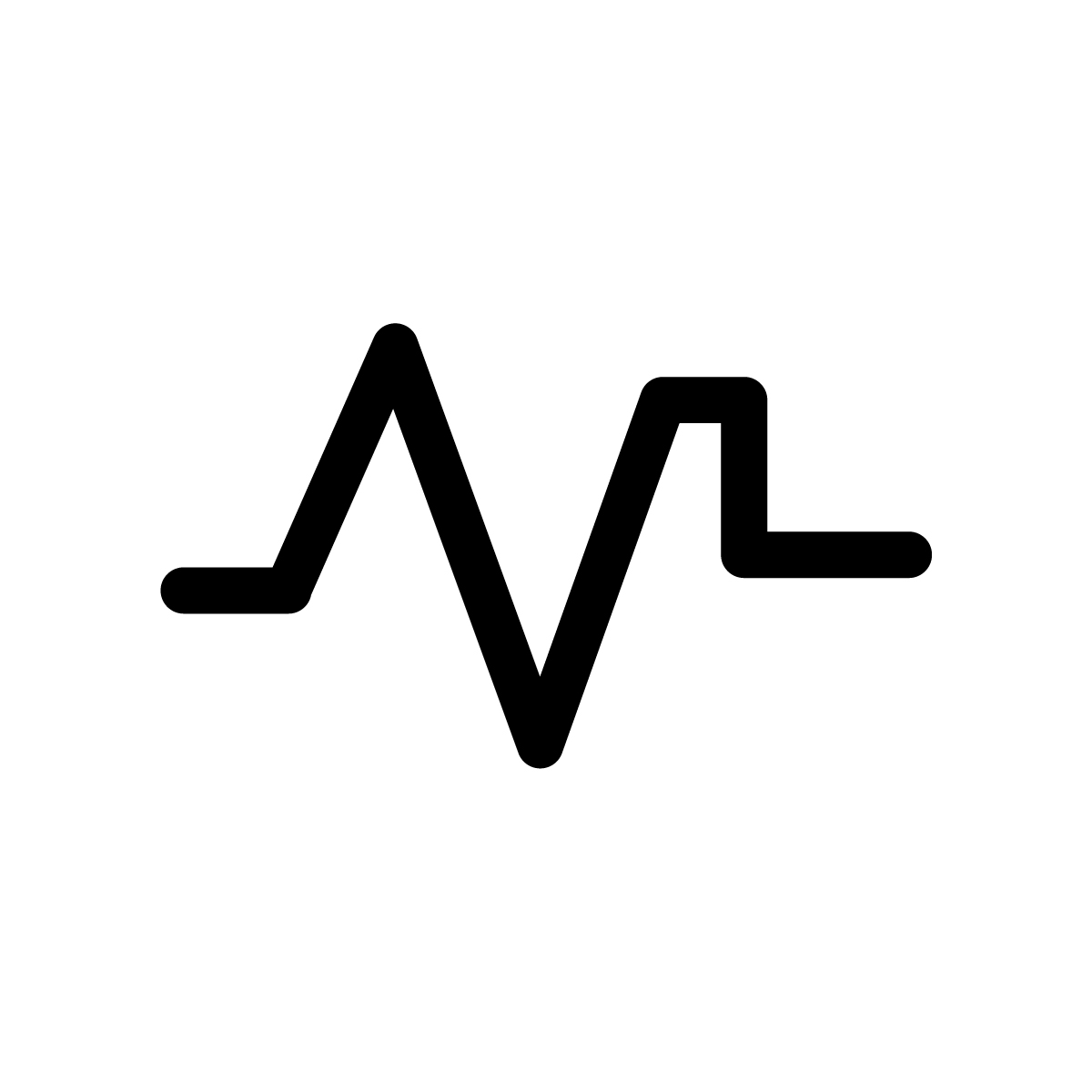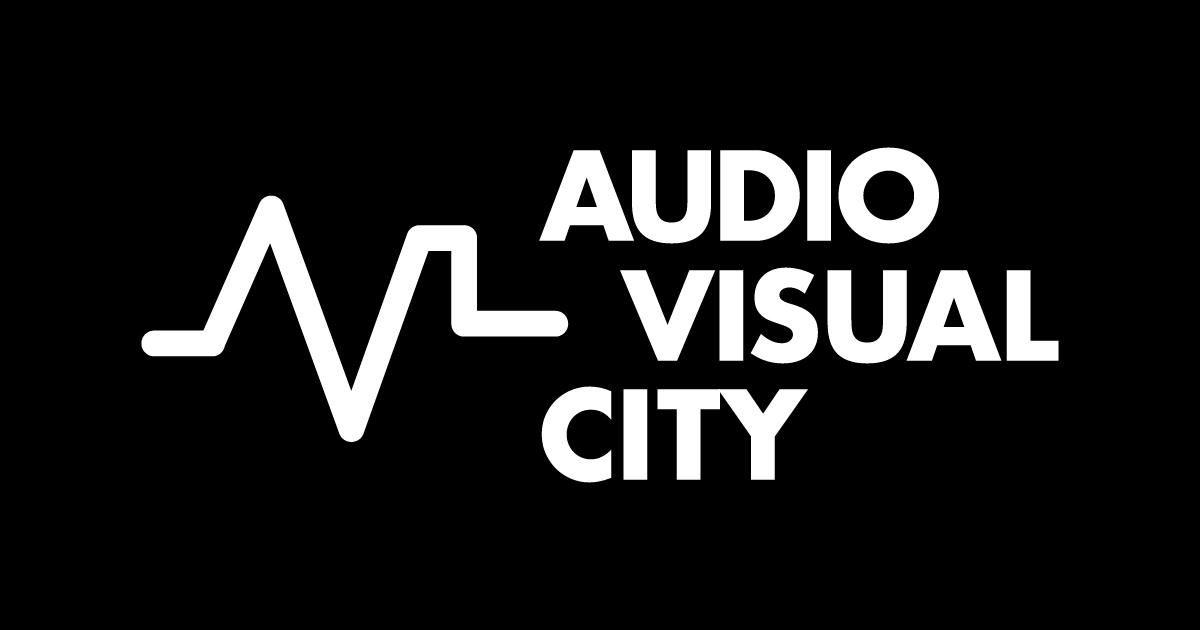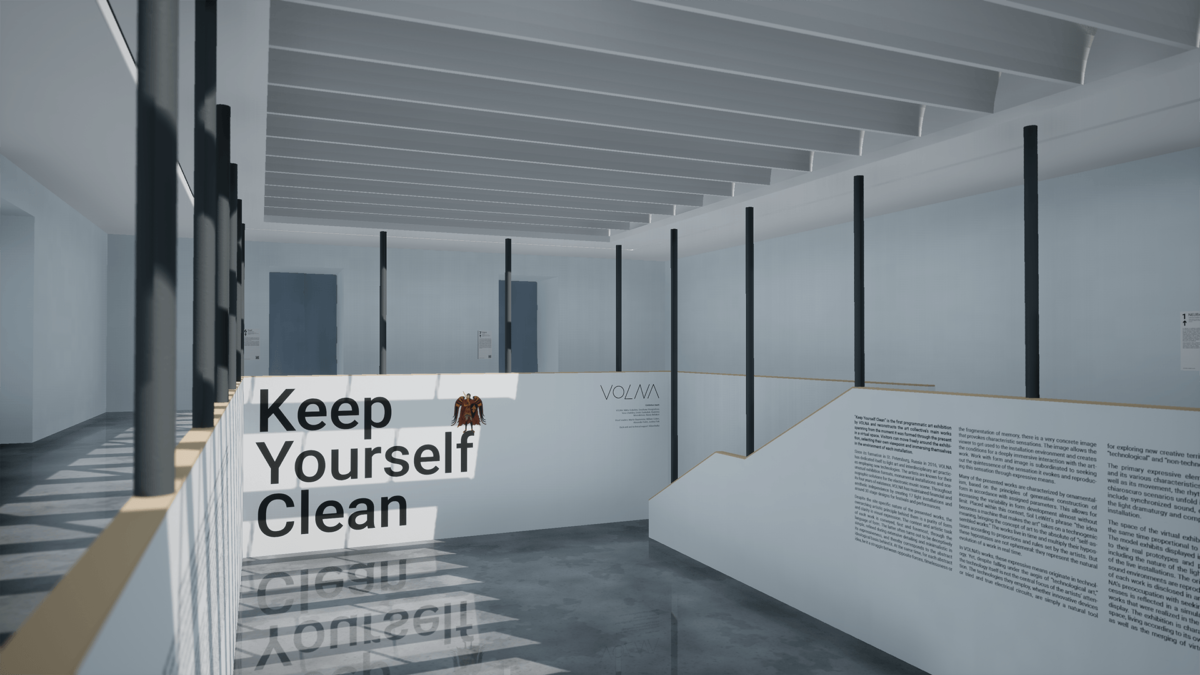Virtual Reality and gaming tools are rapidly becoming the essential vehicles of expressions for audiovisual artists during the Covid-19 imposed restrictions on public events.
We know, we know: no virtual experience can substitute the actual audiovisual event. But that is not the point. The point is experimenting and evolving beyond boundaries accordingly to the contingencies we face in a particular given time.
Audiovisual art as every form of art expression is driven by the tools available, the internal factors such as time and budget, and the external ones, such as venue restrictions or the total lack of them.
Now a lot of digital artists are facing the same problem and they are responding in different ways. The Russian audiovisual art collective VOLNA decided to turn their first solo exhibition: KEEP YOURSELF CLEAN into a virtual reality experience using Unreal Engine.
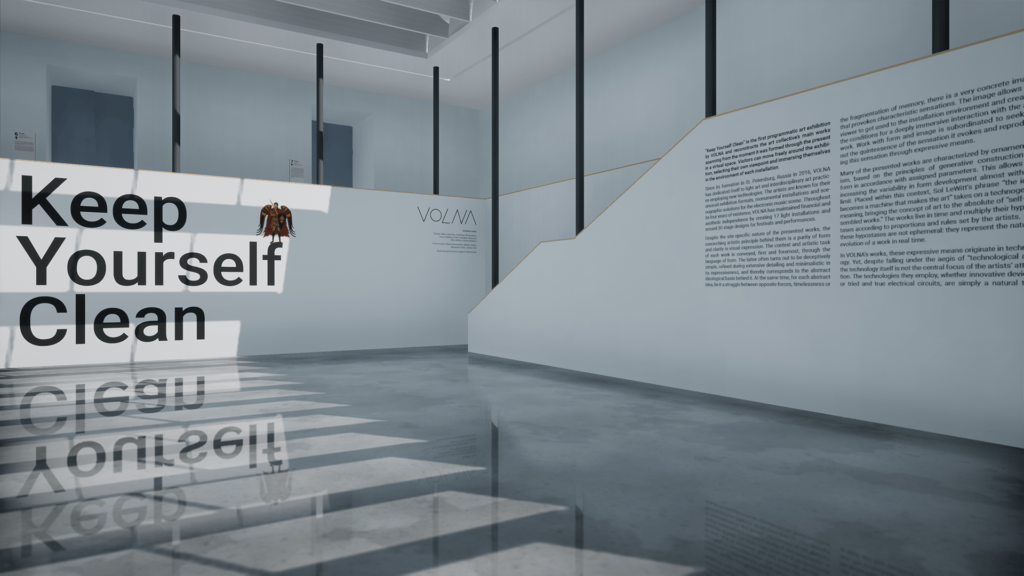
The video gaming tool is being widely use in audiovisual art and virtual events. It allows you to simulate real-time scenes and lighting effects. Exhibition visitors are invited to immerse themselves in the surroundings of each installation and can move freely in the room and choose any observation point.
The following works were reconstructed for the exhibition: the audiovisual installations NEUBAU (2016), Powerline (2017) and Rotor (2018), the light installation Octave (2018), the installation Vague (2019), and two kinetic light installations, Duel (2019) and Nymphéas (2020).
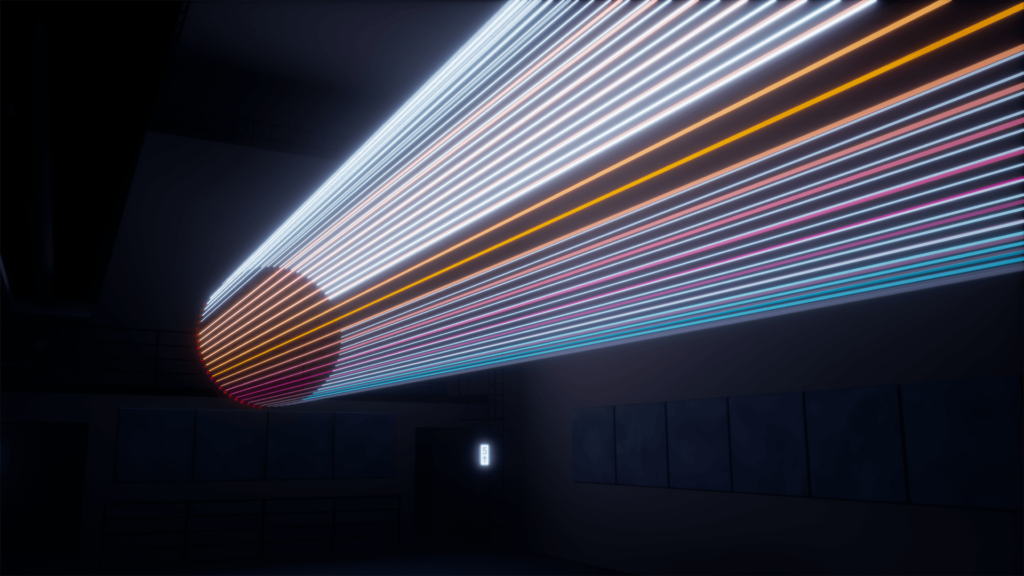
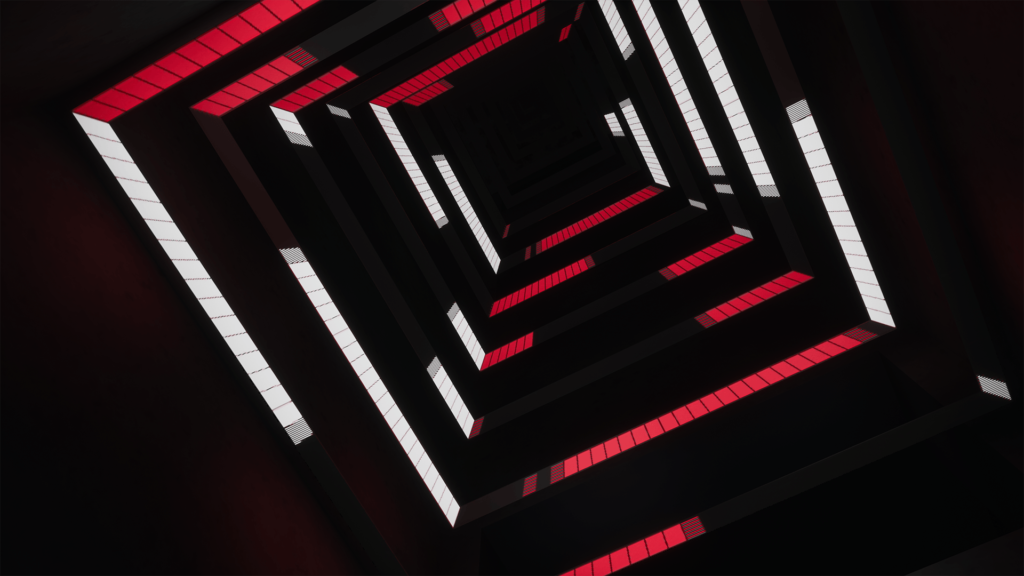
Despite the site-specific nature of the works, the overarching artistic principle behind all of them is the search for a universal language of pure forms. These forms, which correspond to the abstract subjects of the installations, are refined during an extensive detailing process, minimalist in their expressiveness and often even have a functional nature.
The eight installations generate intimate spaces where the viewers sits in contemplation of the structural semiotic elements that compose them: light, sound, movement. Each room triggers different emotions slowly revealing themselves while we explore the space and embrace its unique atmosphere.
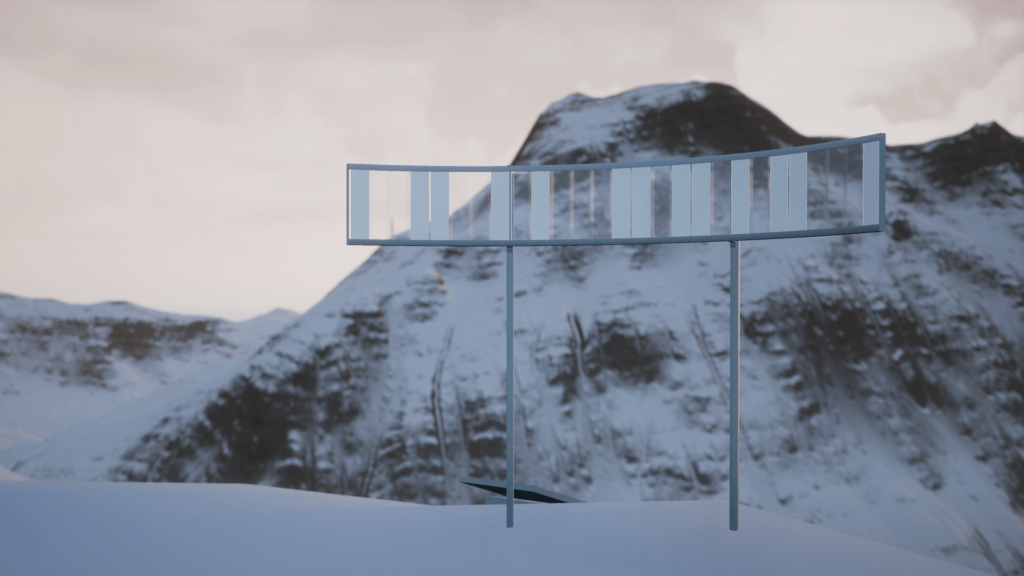
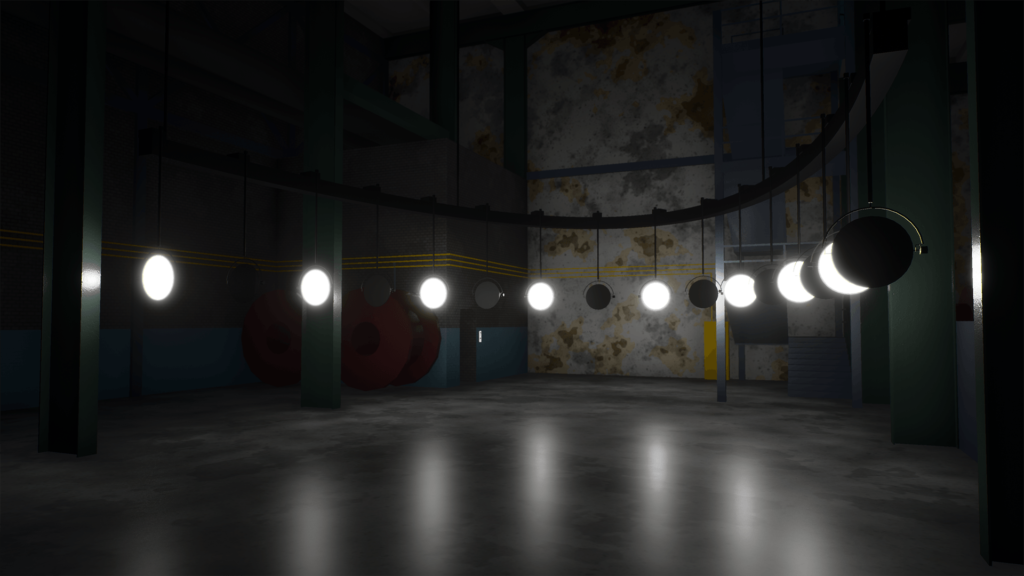
The primary expressive element in VOLNA’s work is light and its various characteristics, its interaction with space, as well as its movement, the rhythm of chiaroscuro and the way chiaroscuro scenarios unfold in relation to time. Some works include synchronized sound, created to interact closely with the light’s dramaturgy.
The virtual exhibition space itself is hetero-topic and at the same time proportional to the original exhibition locations. The model exhibits displayed inside it are as close as possible to their real prototypes and preserve the original structural details, including the nature of the lighting and scenarios behind each of the live installations.
The original sound design and ambient sound environments are reproduced, and each work’s context and theme are discussed in an accompanying text.
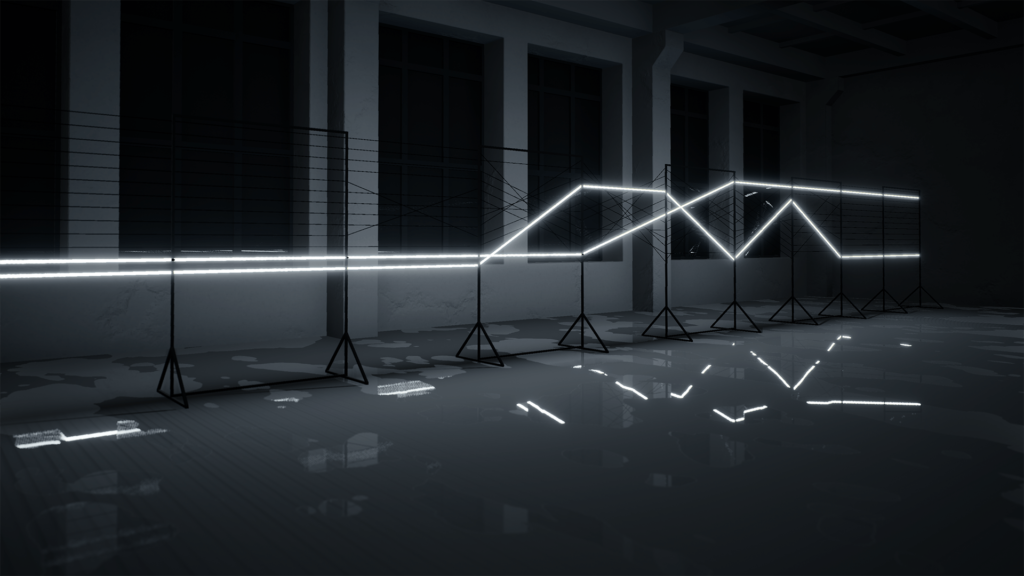
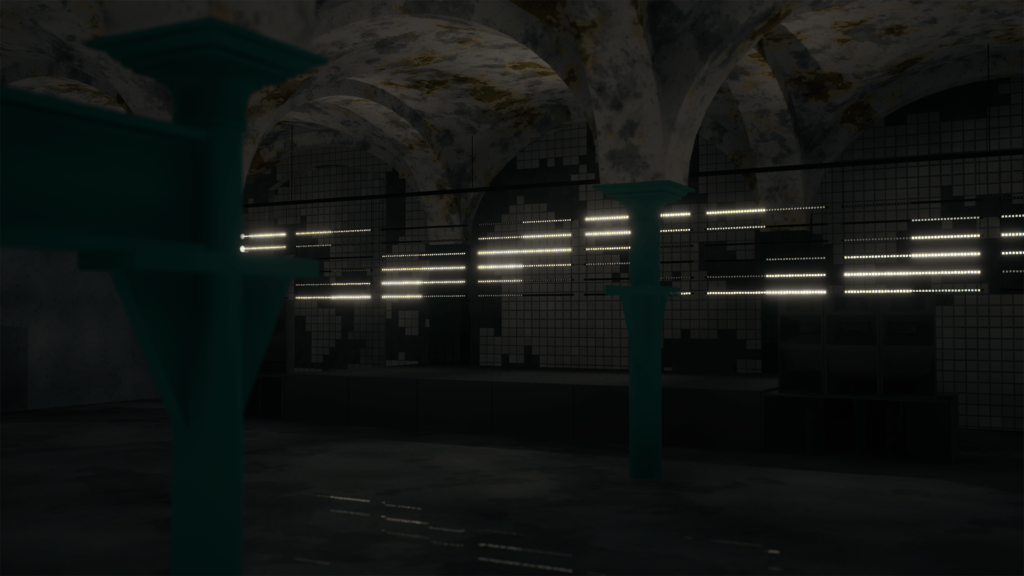
In conclusion the exhibition Keep Yourself Clean attempts to embrace all the real and virtual layers of information that make up each of the works, and then let the works themselves become the determinants of perception.
Each of the contexts will “re-sort” in the virtual world, rethink and obey the laws of perception, and each work, in turn, will become an experience of sensory contemplation.
